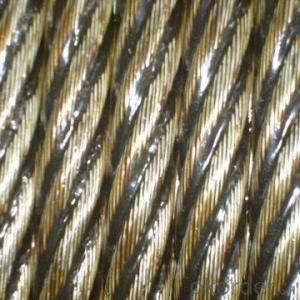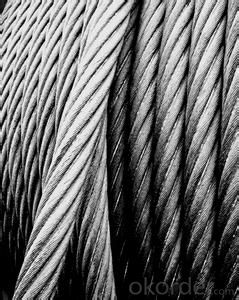Packaging & Delivery
| Packaging Details: | demands according to your requirement |
|---|---|
| Delivery Detail: | according to your demand |
OKorder Service Pledge
OKorder Financial Service
You Might Also Like
Steel Grade:iron ,45# ,60#,70#
Standard:AISI, ASTM, BS, DIN, GB, JIS
Wire Gauge:1.0 mm -20 cm
Place of Origin:Jiangsu, China (Mainland)
Type:Galvanized
Application:Rope
Alloy Or Not:Non-alloy
Special Use:Free Cutting Steel
| Packaging Details: | demands according to your requirement |
|---|---|
| Delivery Detail: | according to your demand |


Send your message to us
OKorder Service Pledge
OKorder Financial Service
Similar products
Hot products
Hot Searches
Related keywords